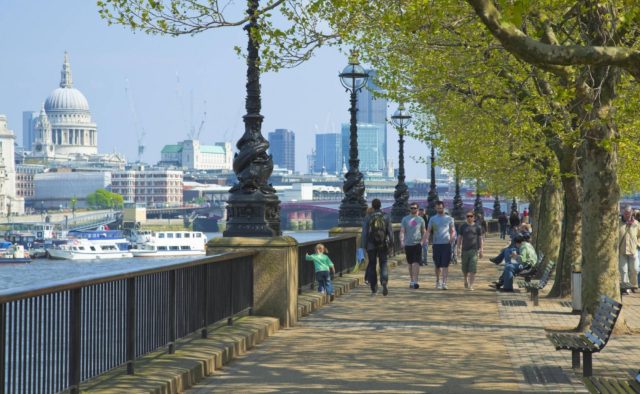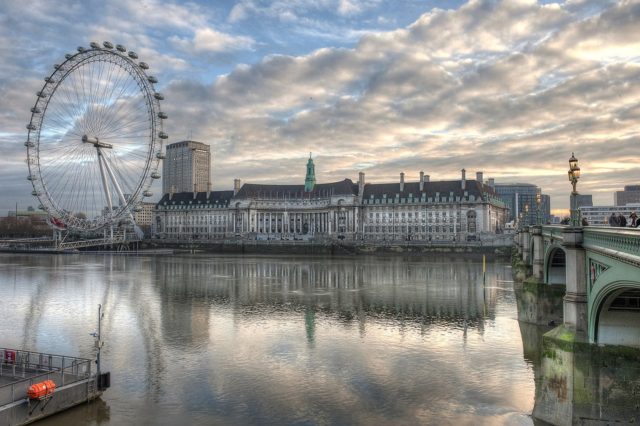Westminster Bridge
Leaving the Churchill War Rooms behind & heading east towards the River Thames and the magnificent landmark of Westminster Bridge. We will pass by the Parliament Square & Winston Churchill Statue until we reach the western bank of the river. There, in the shadow of the Palace of Westminster & Big Ben, just before the Westminster Bridge, the magnificent bronze statue of Boudicca or Boadicea stands like a guard of the bridge’s entrance.
The memorial is dedicated to the Queen of the British tribe known as the Iceni, who in 60-61 AD led an ultimately unsuccessful revolt against the Romans. Despite the ultimate failure the revolt had as a result the destruction of Londinium & the massive killing of its citizens by her army.
The statue of Boadicea with her daughters in her war chariot was executed by Thomas Thornycroft at a time when the spirit of Boadicea was being compared with that of Queen Victoria. The statue was cast in bronze in 1902, 17 years after his death, by his son Sir John Thornycrot who presented it to the London County Council. The council decided to place the statue on its plinth on the Victoria Embankment next to Westminster Bridge.
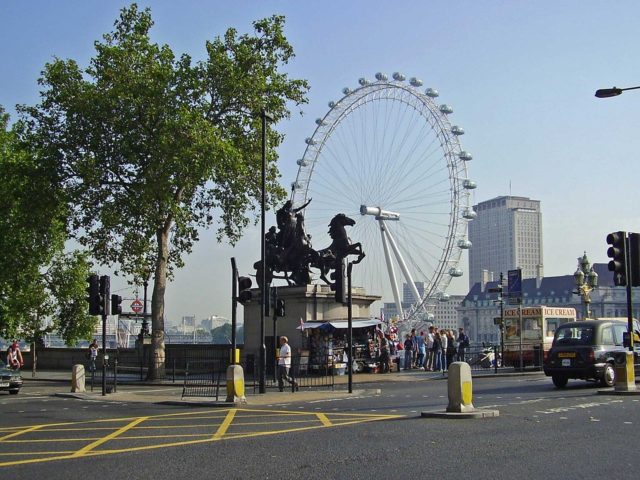
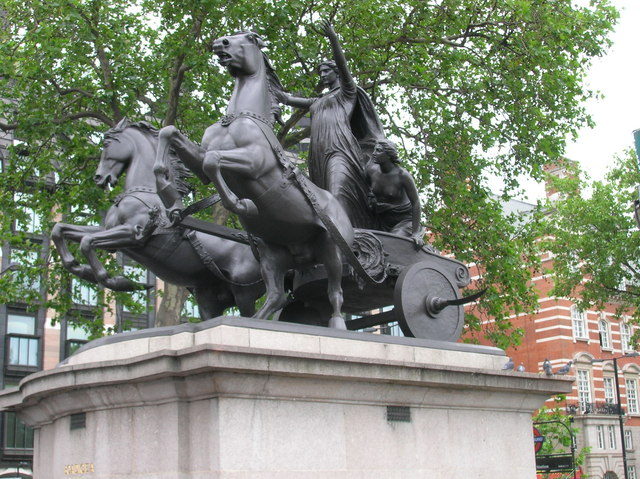
The Westminster Bridge, was one of the first bridges to be built in the 18th century, after a long period of 600 years during which the only bridge besides the London Bridge was at Kingston.
The bridge opened on Queen Victoria’s 43rd birthday – 24 May 1862 – with a 25-gun salute to honour her 25 years on the throne.
At 827 feet long with seven elliptical cast-iron arches and abutments of grey granite, Westminster Bridge has the most arches of all the Thames bridges. The Gothic revival detailing on the cast-iron parapets and spandrels was made to Barry’s designs.
The bridge is painted verdant green in homage to the leather seats in the House of Commons, the closest part of the Palace of Westminster to the bridge. A portcullis, the cross of St George, a thistle, a shield and a rose – symbols of parliament and the United Kingdom – appear in the decorative ironwork. The bridge is lit by octagonal lanterns, grouped in threes.

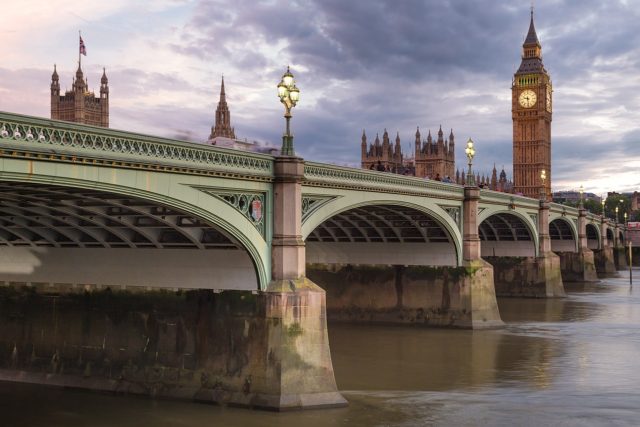
On the other side River Thames, the South bank, walking north through a promenade known as the Queen’s Walk we pass in front of the building of the County Hall, the headquarters for the Greater London Council that was abolished in 1986.
Regularly in conflict with Central Government the facade of the building acted as a giant billboard for anti-government slogans. Today County Hall is the site of businesses and tourist attractions, like the London Sea Life Aquarium and London Dungeon .
